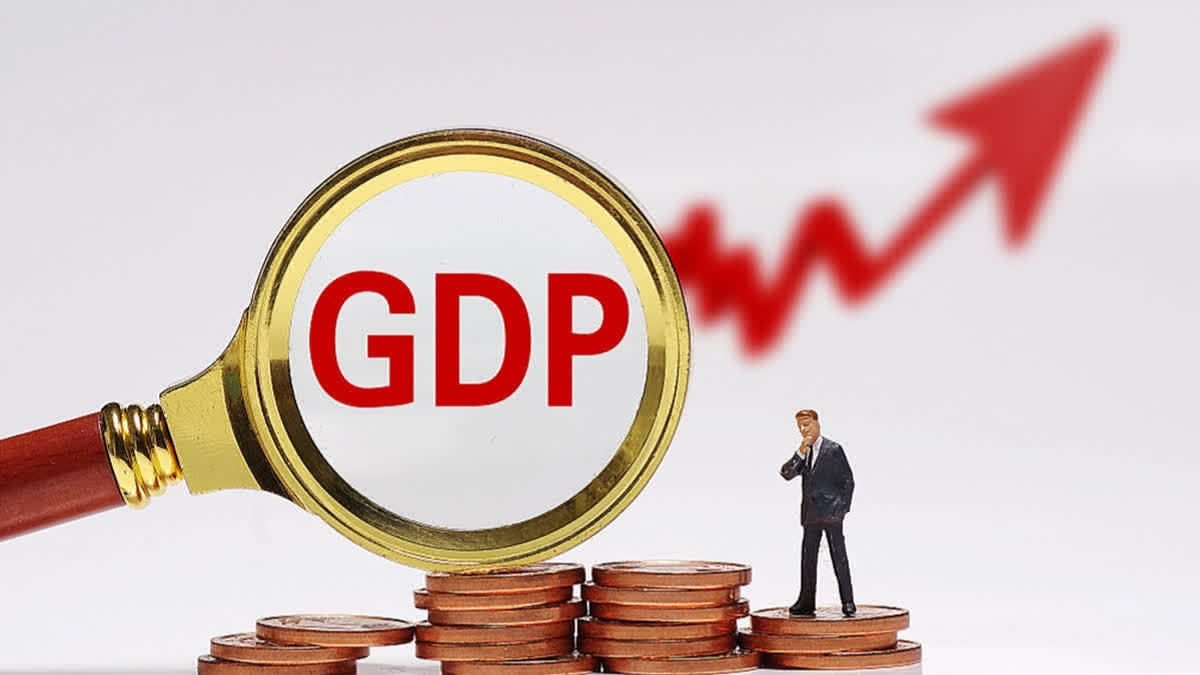Hyderabad:India's goal is to become a developed country by 2047 and for this, RBI has clarified that GDP growth has to continue for the next few years. However, it remains to be seen will our nation's goal pursuit go in that direction. Statistics show that the world's population has reached 800 crore by August this year and Gross Domestic Product (GDP) measures the economic conditions of people living in rich and developing countries. While the total value of goods and services produced in a country in a year is considered as GDP for that year.
The IMF and the World Bank have estimated the world GDP at 112 trillion dollars in 2022-23. Due to this, the per capita income of the people of the world is calculated as 14,000 dollars per year. However, it would be a mistake to assume that the per capita income is at the same level in all countries.
India has surpassed China in population, but India's per capita income is only about $2,450. However, SBI's research report estimates per capita income growth is encouraging. The top 10 countries in the world in terms of GDP account for the largest share of international trade. Although the ranks of these 10 countries vary, overall it is these countries that rule the world economy.
Share of industrial and service sectors...
America has the highest GDP in the world with a per capita income of 80,000 dollars, but the population of the country is only 33 crore. With a population of 12.5 crore, Japan's per capita income is $33,815. With a population of over 140 million, China's per capita income is $13,721.
These are the countries occupying the first three positions in the world in terms of GDP. Their economies are highly diversified. Heavy industries, electronics, healthcare, finance, advanced technology, extensive infrastructure, a positive business environment and educated, well-trained human resources are keeping these three countries at the top.
Economists predict that India will emerge as the fourth-largest economy in the world in the next two years. India has already occupied the third position in the number of seed companies. Today there are around 84,000 government-recognised seed companies.
In developed countries, the share of the agriculture sector in GDP is low, while the share of industry and service sectors is high. The share of the agriculture sector in India's GDP is 20.2 per cent, while the world average is 6.8 per cent.
The status of the Indian agriculture sector is very poor. This is evidenced by the increasing number of farmer suicides in the country. Farmers of all categories, including those who grow commercial crops, have to agitate from time to time for remunerative prices.
The share of the agriculture sector in India's GDP is gradually decreasing. Foreign buyers are keen on our crop yields. While the farmers are getting minimum prices, the prices of vegetables and onions are skyrocketing and giving profits to middlemen.
